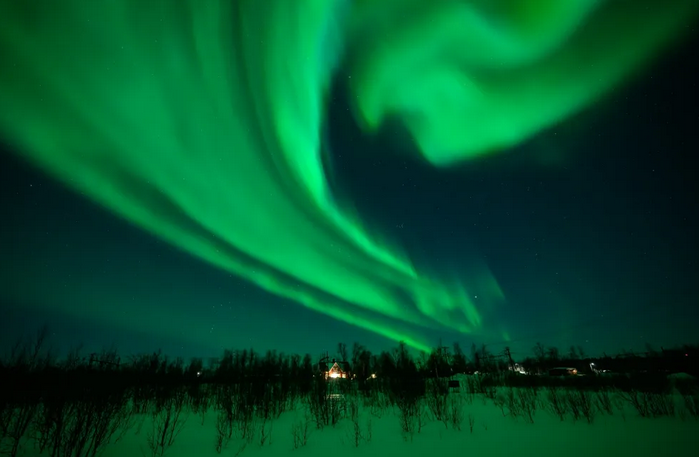AI Predict the Northern Lights
The Northern Lights, or aurora borealis, have captivated humanity for centuries with their dazzling displays of colorful lights dancing across the night sky. While these natural phenomena are breathtaking to witness, their unpredictable nature often leaves would-be viewers disappointed. However, advancements in artificial intelligence (AI) may soon change the way we forecast and experience this celestial marvel.
The Challenge of Predicting the Aurora
The Northern Lights are caused by charged particles from the sun colliding with Earth’s magnetic field. While scientists can generally predict periods of increased solar activity, accurately forecasting when and where the aurora will be visible remains a complex challenge. Factors like solar wind speed, density, and the planet’s geomagnetic activity must align perfectly for a successful prediction.
Traditionally, aurora forecasting has relied on satellite data and mathematical models, but these methods are often limited by their inability to process the vast amounts of data involved in real-time.
Enter Artificial Intelligence
AI is now emerging as a game-changing tool in the field of space weather prediction. By leveraging machine learning algorithms, researchers can analyze vast datasets collected from satellites, ground-based observatories, and solar activity monitors. These systems are capable of identifying patterns and correlations that are too complex for traditional models to detect.
For example, AI can process data on solar flares, coronal mass ejections (CMEs), and geomagnetic conditions to predict auroral activity with unprecedented accuracy. Additionally, AI models can provide real-time updates, offering a more dynamic and precise forecast.
Recent Breakthroughs
One recent project, led by researchers at [institution/organization], used AI to predict auroras with a [specific accuracy rate, e.g., “90% success rate”]. The system combines data from NASA’s Solar Dynamics Observatory with ground-based magnetometers to deliver predictions up to 24 hours in advance.
Another initiative, the “Aurora AI Project,” focuses on creating user-friendly applications that allow anyone to track and predict auroras from their smartphone. This democratization of aurora forecasting has the potential to enhance tourism and scientific engagement in regions where the Northern Lights are visible.
Benefits Beyond Stargazing
While the ability to predict the aurora has clear implications for tourism and photography, it also has practical benefits. Enhanced space weather forecasting can help mitigate the effects of solar storms on power grids, communication systems, and satellite operations. By understanding solar activity better, AI can play a vital role in protecting critical infrastructure.
Looking Ahead
As AI technology continues to evolve, the dream of accurately predicting the Northern Lights is becoming a reality. Imagine receiving a notification on your phone that says, “The aurora will be visible tonight at 10 PM in your area.” Such advancements not only bring us closer to the beauty of nature but also deepen our understanding of the universe.
Whether you’re a scientist, a photographer, or just someone who dreams of seeing the aurora, AI is lighting the way for more reliable predictions. The Northern Lights may still be a phenomenon of the cosmos, but with AI, they might soon feel a little closer to home.
